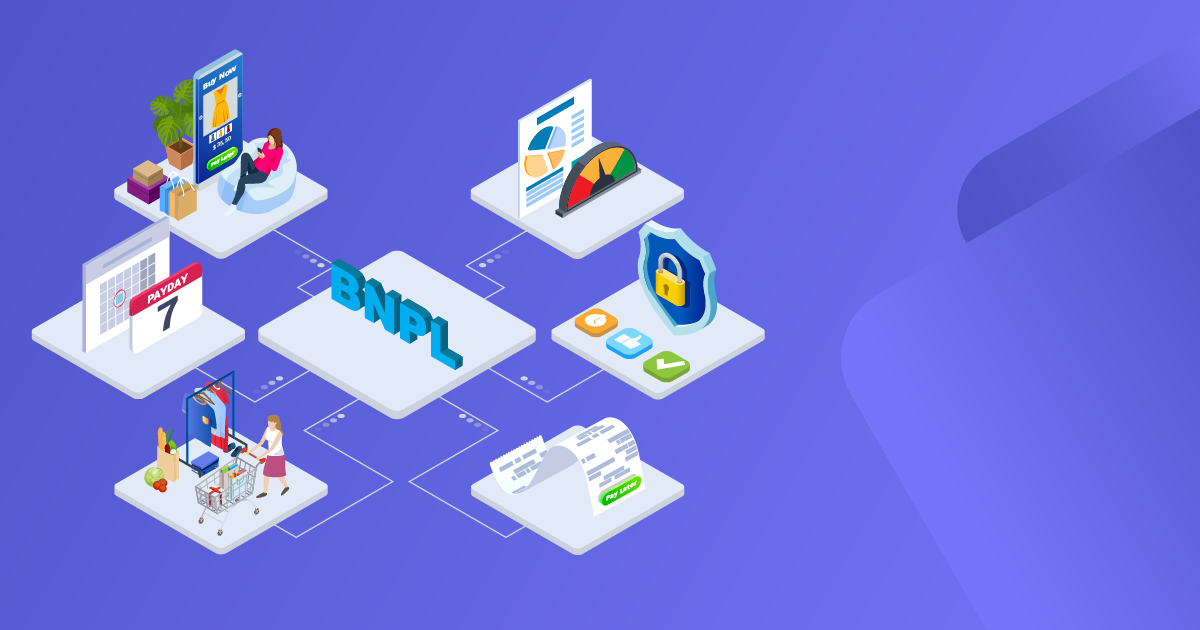

The Impact of Digital Transformation on Microfinance in Africa
Throughout the years, the world has witnessed an increase in poverty rates all over the globe, especially in the African continent, where in some African countries poverty rates exceeded 60% of the population. Over 400 million adults in Africa do not have access to a bank account. This means they are excluded from the formal economy, which makes it difficult for them to save money, borrow money, or invest in their businesses. This, along with the lack of efficient financial services to low-income individuals and businesses, led to a rapidly growing microfinance industry in Africa.
Microfinance is a powerful tool for promoting financial inclusion and economic development.
Microfinance is a financial service that provides small loans, savings, and other financial products to people or businesses who are excluded from the traditional banking financial services.
Microfinance Institutions (MFIs), throughout the years, have helped to create opportunities for low-income individuals and small businesses and in promoting financial inclusion in Africa. The access to credit through microfinance loans allowed individuals to invest in education for their children, to obtain access to healthcare, and to take advantage of economic opportunities and improve their income and standard of living.
Microfinance companies have also encouraged entrepreneurship by providing the necessary funding for people to start or expand their own businesses. As a result, this helped in creating new jobs and stimulating economic growth.
Microfinance also had a strong impact on women in Africa; helping to empower them to become financially independent. Normally, women face significant barriers to accessing finance and starting their own businesses. This in turn helped reduce gender inequality and led to improved economic outcomes for families and communities.
Despite the massive benefits microfinance avails in the African continent, there are still some obstacles and limitations for MFIs to operate effectively and reach the public.
The lack of proper infrastructure, such as reliable transportation, telecommunications, and internet access makes it difficult to reach potential clients. In addition to high operating costs, such as labor costs, travel and opening new branches in rural areas. Conflict in some areas may even make it harder to reach clients.
However, the rise of digital financial services has been a game-changer for microfinance in Africa and an answer to many of these challenges.
The widespread use of mobile phones in addition to better internet coverage made the replacement of manual and outdated ways of conducting microfinance transactions possible. MFIs can now provide more financial services to people in remote areas who previously had no access to formal banking, without the need to open new branches or be physically present with the customers.
The collaboration between mobile money providers and MFIs also made it possible for people to receive their microfinance funds directly to their mobile wallets, and enabled them to use those funds to send and receive money, purchase supplies, pay bills, and save money without having to travel long distances. This is in addition to paying microfinance installments back to the MFI using their mobile phones and from the convenience of their home, thereby creating several advantages such as lower costs and greater convenience.
In addition to mobile money, MFIs started using digital platforms to deliver their microfinance services, such as providing loans, savings, and insurance to clients. These platforms allow clients to apply for loans and access financial services from the comfort of their homes, without having to visit a physical branch.
Microfinance institutions in Africa can achieve greater impact and contribute to the economic and social well-being of their clients.
To conclude, there are several effective microfinance approaches in Africa that can promote financial inclusion and reduce poverty, but the success of these approaches depends on strong management, client-centered approaches, sustainability, and the adoption of contemporary digital channels.
Let’s Talk!
Interested in learning more about ProgressSoft’s Microfinance Solution? Start by contacting us blogs@progressoft.com.
You May Also Like

AI-Based Payment Analytics: Enhancing Fraud Detection and Automating Transactions
AI-based payment analytics are transforming transaction management with real-time fraud detection and automated payments. Explore how these systems reduce errors, enhance security and adapt to evolving patterns, driving efficiency in today’s dynamic financial landscape.

BNPL: The Future of Shopping or a Risky Trend?
As BNPL services reshape shopping habits, they offer consumers flexibility and retailers increased sales. Explore the advantages of BNPL for both sides, while understanding the risks of debt accumulation and regulatory gaps. Learn how governance can ensure fair practices and protect consumers as this financial trend continues to grow.

Empowering Banking on the Go: How Digital Banking is Changing Finance
As customer expectations rise, banks must adopt mobile-first solutions to stay competitive. Discover how digital banking, AI tools, eKYC and innovations in retail banking transform finance management. Learn how technologies like blockchain, open banking APIs and digital wallets enhance security, improve customer experience and shape the future of finance.

